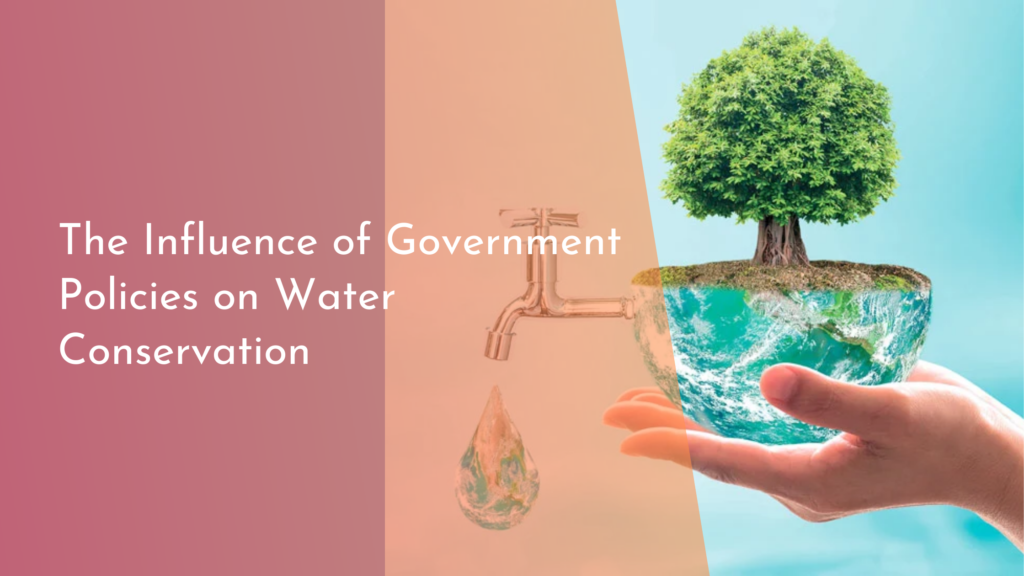Leveraging Urban Forestry to Address Housing Inequities
In an increasingly urbanized world, cities are faced with numerous challenges, including housing inequities that disproportionately affect marginalized communities. However, an often-overlooked solution lies in urban forestry—the practice of integrating trees and green spaces into urban environments. By leveraging urban forestry, cities can address housing inequalities while simultaneously promoting sustainable development. This article explores the myriad benefits that trees and green spaces provide to urban neighborhoods, how they enhance community well-being, and strategies to incorporate them into housing development plans.
Urban Forestry: A Green Solution for Housing Equity
Urban forestry represents a holistic approach that combines environmental health with social equity. Trees and green spaces are essential components of healthy urban ecosystems, providing shade, improving air quality, and mitigating urban heat islands. When strategically integrated into housing developments, urban forestry can help create more livable environments, particularly in low-income neighborhoods that often lack access to green spaces. By prioritizing tree planting and park creation in housing initiatives, cities can improve quality of life and attract investment and resources to underserved areas.
Moreover, urban forestry can contribute to housing equity by enhancing property values and creating a sense of community. Research has shown that homes located near trees and parks tend to have higher resale values. This increased property value can help residents build wealth and equity, countering the cycle of poverty that often plagues marginalized communities. Additionally, green spaces foster social interaction and cohesion, creating vibrant neighborhoods that are more appealing to residents and potential homeowners alike.
The Benefits of Trees in Urban Neighborhoods Explained
Trees provide a plethora of benefits that go beyond mere aesthetics. They play a crucial role in improving air quality by filtering pollutants and absorbing carbon dioxide, contributing to a healthier environment for residents. Furthermore, urban forests can reduce noise pollution, create natural windbreaks, and decrease the urban heat island effect, leading to lower energy costs and more comfortable living conditions. These environmental advantages are particularly important in low-income neighborhoods, where residents may lack access to air conditioning and other cooling methods.
Additionally, trees have a significant positive impact on mental health and well-being. Studies have shown that green spaces can reduce stress, promote relaxation, and increase overall happiness. Access to nature encourages physical activity, whether it’s through walking, jogging, or family outings in the park. In neighborhoods where housing inequities exist, the presence of trees can provide a much-needed refuge and improve the overall quality of life for residents, making urban forestry not just an environmental necessity but a social imperative.
How Urban Green Spaces Enhance Community Well-Being
Urban green spaces serve as essential gathering spots that foster community engagement and social interaction. Parks and green areas offer a venue for recreational activities, events, and gatherings, creating opportunities for residents to connect with one another. This sense of belonging is especially vital in communities facing housing inequities, where social isolation can be prevalent. By cultivating inclusive green spaces, cities can help strengthen community bonds and promote a culture of collaboration and support among residents.
Additionally, well-maintained urban green areas contribute to personal safety and crime reduction. Studies have found that neighborhoods with abundant green spaces tend to experience lower crime rates, as these areas encourage foot traffic and visibility. When residents feel safe in their environment, they are more likely to engage in community activities, leading to a more interconnected and resilient neighborhood. Thus, investing in urban forestry and green spaces not only addresses housing inequities but also fosters a sense of security and belonging among residents.
Strategies to Integrate Trees in Housing Development Plans
Integrating urban forestry into housing development plans requires a multi-faceted approach. One effective strategy involves collaboration between urban planners, local governments, and community organizations to ensure that the needs and preferences of residents are prioritized. Engaging with the community through workshops and surveys can help identify areas that would benefit most from green spaces and tree planting initiatives. By fostering a participatory approach, cities can ensure that the urban forestry efforts align with the desires and aspirations of the neighborhoods they aim to serve.
Additionally, cities can explore innovative funding mechanisms to support urban forestry initiatives within housing developments. Public-private partnerships, grants, and community fundraising can provide the financial resources necessary for planting trees and creating green spaces. Implementing policies that incentivize developers to incorporate sustainable landscaping and green infrastructure in their projects can further promote the integration of trees in housing developments. By combining community engagement with strategic funding and policy initiatives, cities can create thriving, green neighborhoods that address housing inequities head-on.
Urban forestry offers a promising pathway toward addressing housing inequities in our cities. By recognizing the multifaceted benefits of trees and green spaces, we can create healthier, happier, and more connected communities. With strategic planning and community engagement, urban forestry can be integrated into housing development plans, turning neglected neighborhoods into vibrant, thriving environments. As we cultivate our cities, let us not forget the power of trees and the role they can play in creating a more equitable urban landscape for all.


